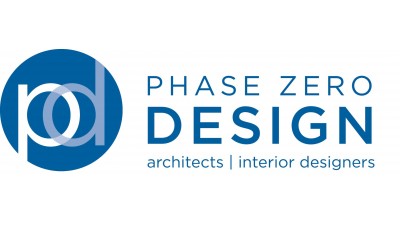As Enrollment Declines, Colleges Have Entered An Amenities Arm Race To Attract New Students

In 2016, enrollment in higher education was down 1.4% from the previous fall, marking the fifth straight year of decline. While some universities, particularly nonprofits that depend on tuition as a main source of revenue, have had to cut back on spending, others have beefed up amenities. Students are offered more luxurious, resort-style accommodations in an attempt to increase attendance and tuition rolls.
The renovations are not restricted to private institutions. Public universities are tapping into taxpayer funds to fuel new construction.
Part of the motivation behind the upgrades has been to keep pace with students’ changing expectations. The closet-sized rooms and ramen noodles of the past do not meet today's higher standards of living. As more students opt to live on campus, universities need facilities that promote a more residential atmosphere to supplement academic life.

Of the 50% of non-academic spaces built by higher education institutions in the last few years, new dorms make up 35%. At Boston University, when 33 Harry Agganis Way opened in 2009, the 26-story and 19-story towers brought luxury-style condo living to 960 sophomores, juniors and seniors. The apartments boast 180-degree views of the city, walk-in closets, air conditioning and spacious rooms.
Academic institutions are betting students will pay up to live in the high-end dorm.
“Students are willing to pay a little more money if they’re able to have an apartment, a single room in an apartment, and be close to activities on campus,” Boston University Director of Housing Marc Robillard said. “And we’ve done that.”
Dining halls have shifted focus toward more holistic meal plans, and universities are going beyond the all-you-can-eat buffet-style dining. At High Point University in North Carolina, students can take advantage of a private steakhouse, and South Dakota State has a dairy bar with 60 flavors of homemade ice cream. At Kenyon College in Gambier, Ohio, unlimited dining hall swipes ensure students never go hungry.
Colleges have opted for more experiential services, and recreation and athletic facilities represent some of the more outlandish renovations. The University of Missouri now offers the Lazy-River Beach Club, an indoor beach with a grotto said to be modeled after the one at the Playboy Mansion. At Michigan Technology University in Houghton, Michigan, students have access to local ski resorts.

Focusing on amenities that create a “wow” factor for prospective students might be a better business plan for less selective schools that are not known for their academic rigor.
But better facilities come at a price. Forbes reported college spending on construction projects topped $10.9B in 2013.
Banking on increased enrollment to compensate for high renovation costs is risky for private institutions with fewer than 3,000 students. Universities may realize they have overbuilt in expectation of higher enrollment, only to find dwindling high school populations in the area, and competition from lower-cost public universities will impact enrollment totals. A continued lack of revenue could put these institutions in a liquidity crisis.
College enrollment is not expected to rise again until 2020. For institutions banking on pools, bowling alleys and chefs to reel in freshman, time will tell if the investment proves effective.
Phase Zero Design has been at the helm of several university construction projects, transforming the nation's centers for higher education into campuses ready to meet the needs of today’s students. While some amenities might seem excessive, well thought out, student-focused amenities can enhance students' sense of belonging throughout their college careers.
This was Phase Zero Design's motivation in renovating The Shea Library at American International College in Springfield, Massachusetts. The upgraded library incorporates "nook" style seating, bookable study boxes, full technology integration, a concierge instead of a reference-desk librarian and a fully functioning café.
"American International College, when renovating their library, chose to include a variety of upgrades and improvements that emulated the look and feel of a first-class airport lounge," Phase Zero Design principal Matthew Wittmer said. "The improvements were all additions that created a unique and exciting student experience."
The benefits of the library improvements not only improve student life, but can also increase their involvement as alumni who, grateful for the space to flourish academically, pay it forward in volunteerism for the school.
For more information on academic design, contact Phase Zero Design principal Matthew Wittmer at mwittmer@phasezerodesign.com.
To learn more about this Bisnow content partner, click here.

